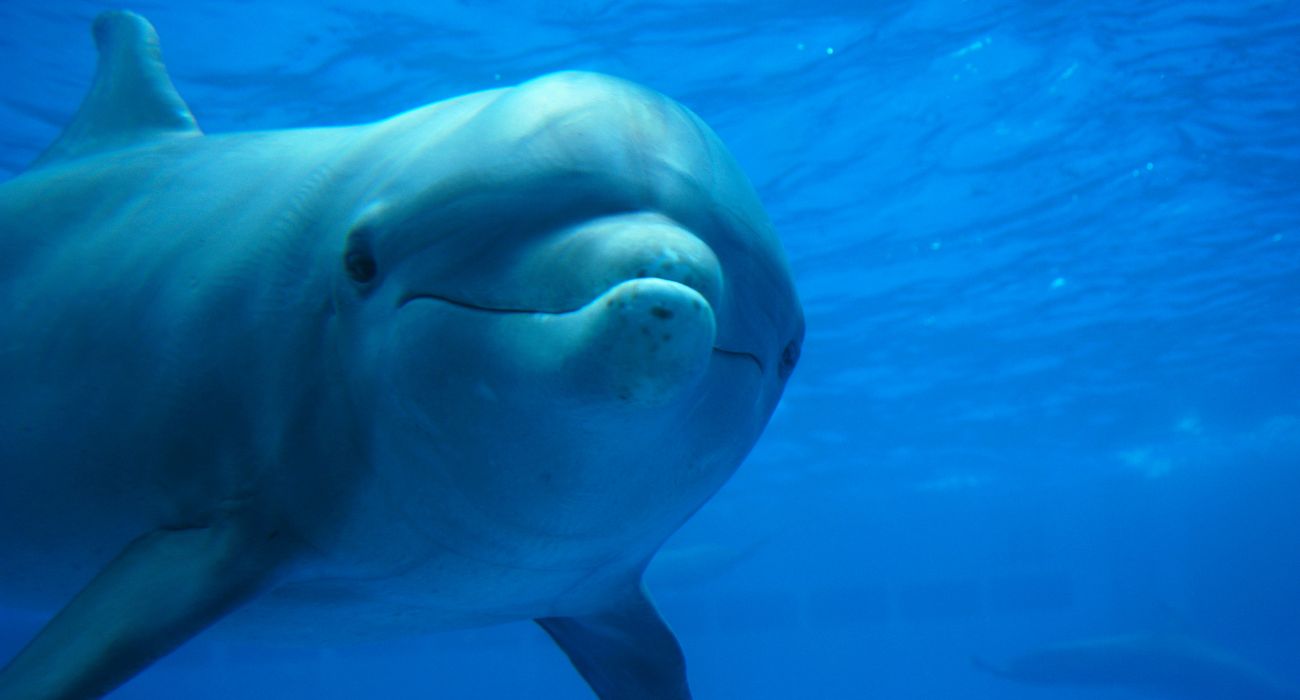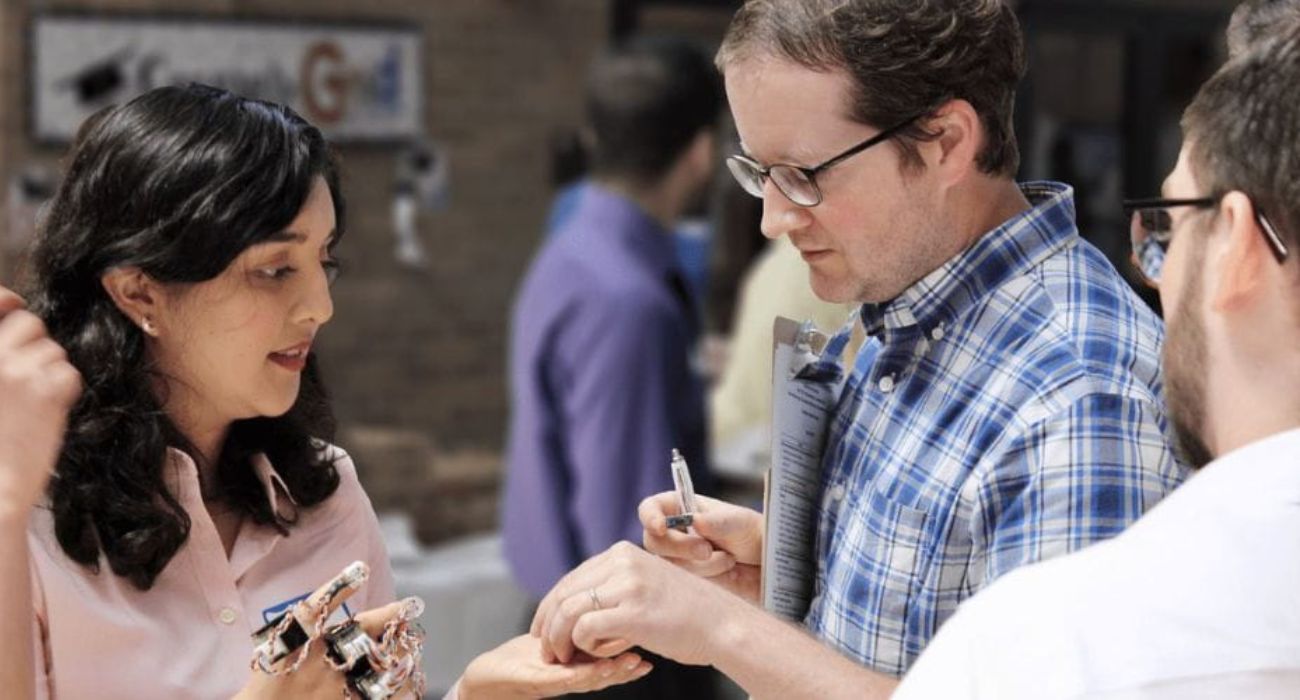Chronic fatigue has long been misunderstood and conflated with other health issues like depression, yet it is much more than being tired, according to sufferers.
For Alexis Misko, chronic fatigue emerged as a result of being struck by “long COVID.”
During the first year of her illness, she couldn’t sit upright for more than an hour or stand for more than 10 minutes, according to an interview with The Atlantic.
This was a sharp turnaround from her pre-COVID life as an occupational therapist, where late nights and strenuous shifts were routine.
As previously reported in The Dallas Express, long COVID is a phenomenon in which those diagnosed with COVID-19 still report experiencing symptoms of the illness — shortness of breath, heart palpitations, brain fog, and sleep disorders — months later.
While there have been questions surrounding the existence of long COVID, studies have suggested that neurological changes do appear to persist up to six months after recovery in some people, as covered in The Dallas Express.
Misko told The Atlantic that while she has improved to the point that she can leave her home for a few hours for a once-a-month venture, she continues to feel tired in a way that is “like a complete depletion of the essence of who you are, of your life force.”
Chronic fatigue is also experienced by those diagnosed with chronic fatigue syndrome (CFS), which the Centers for Disease Control and Prevention estimated might affect between 836,000 and 2.5 million Americans.
Obesity is strongly correlated to sleep disorders and feelings of fatigue, according to researchers.
When those with CFS “try to do as much as they want or need to do,” the CDC said that something described as post-exertional malaise (PEM) might occur.
This includes not just extreme fatigue but also an inflammatory burning feeling that might be experienced as physical pain or cognitive problems.
“You feel poisoned, flu-ish, concussed,” Misko explained, according to The Atlantic.
To avoid PEM, Misko prepares for her monthly outing two days in advance by resting in a dark room and conserving energy while listening to audiobooks.
She still needs several days to recuperate afterward, which means her activities are all subject to an “agonizing cost-benefit analysis,” according to The Atlantic.
Research into chronic fatigue has come up with two potential ways it might occur: one autonomic and the other metabolic.
The first refers to the malfunctioning of the autonomic nervous system, which controls unconscious functions of the body ranging from temperature control to heart rate.
Rather than adjusting smoothly like a dial, neuroscientist David Putrino told The Atlantic that dysfunctioning systems can act more like an on-and-off switch.
“You go from sitting to standing, and your body thinks: Oh, are we going hunting? You stop, and your body shuts down,” Putrino explained.
For Gwynn Dujardin, a literary historian with CFS, it is her mind that shuts down, which she described to The Atlantic as feeling like “there’s steel wool stuck in my frontal lobe.”
The metabolic explanation of chronic fatigue involves malfunctioning mitochondria — the powerhouse of the body’s cells. The inflammation that occurs when the immune system is triggered by infection might play a role here, as it takes a toll on these cells by depleting them and filling them with lactic acid.
“[This means] the body struggles to generate energy,” explained Bindu Paul, a pharmacologist and neuroscientist at Johns Hopkins University, according to The Atlantic.
“It really feels like something is going wrong at the cellular level,” Daria Oller, a physiotherapist and athletic trainer, who has long COVID and PEM, told The Atlantic.
The invisible struggle of chronic fatigue and the lack of understanding of its causes exacerbates the frustrations of those suffering from it.
“One of the most insulting things people can say is ‘Fight your illness,’” Misko told The Atlantic.






